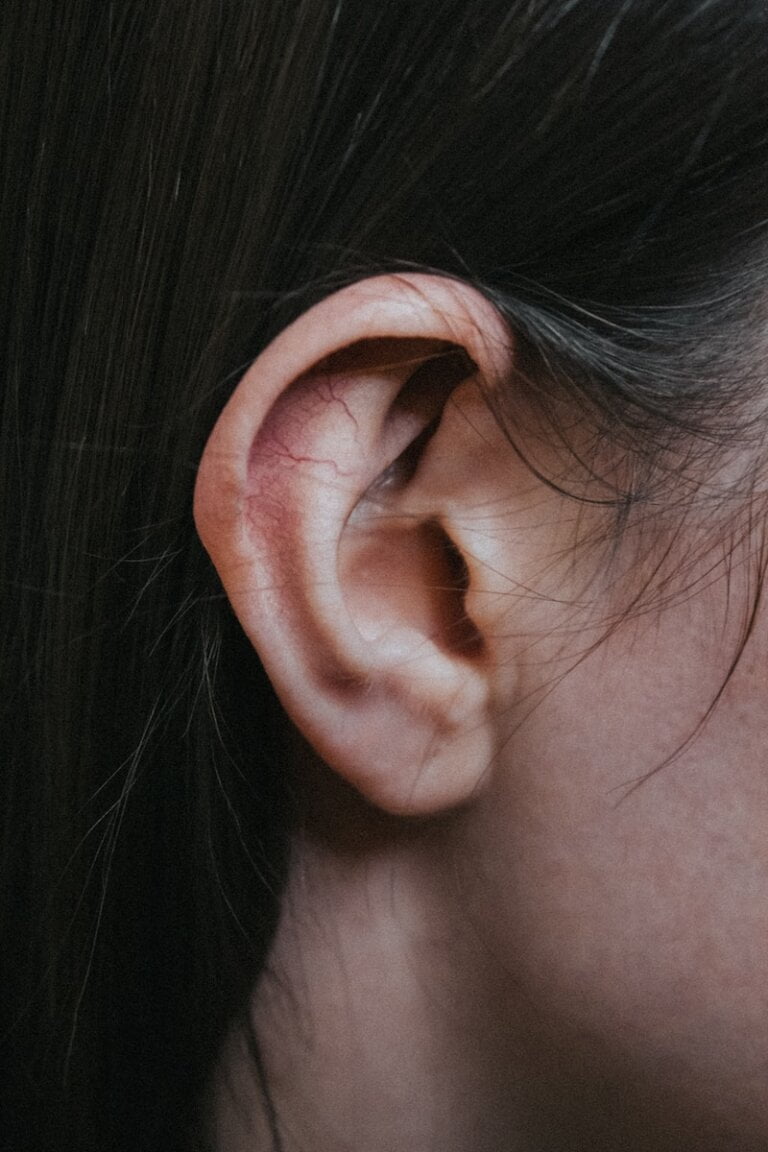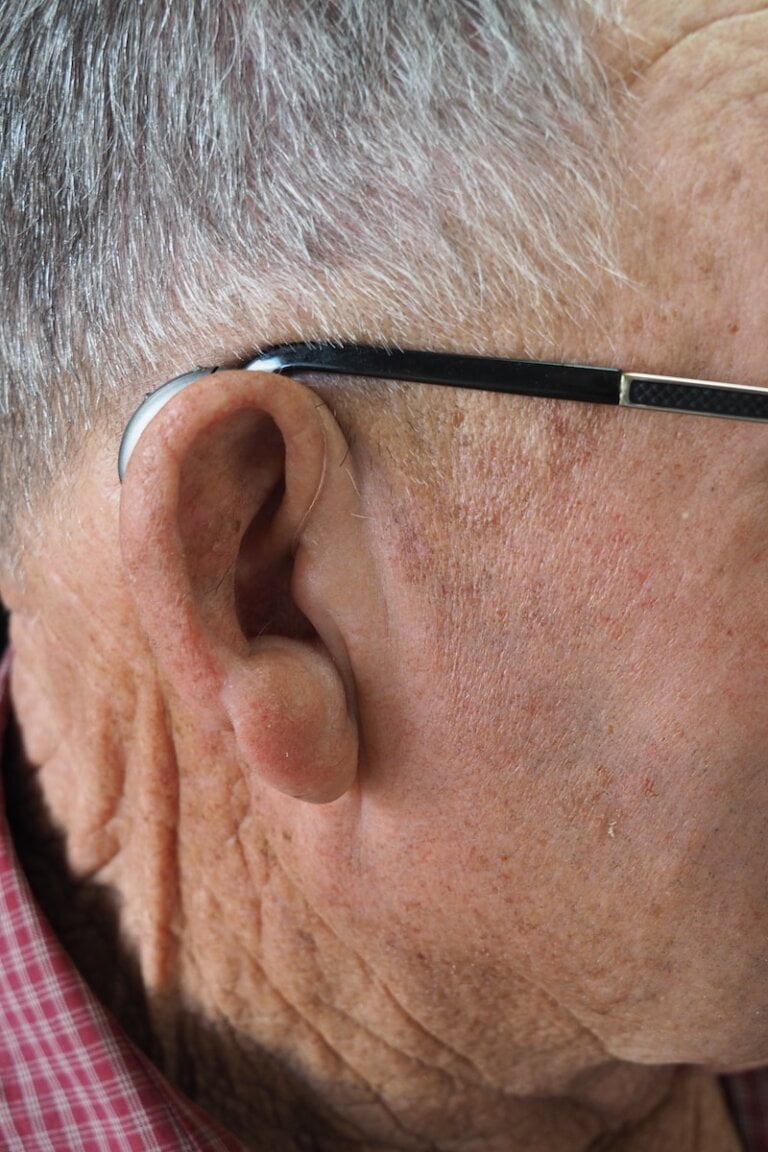Diving In: Preventing Swimmer’s Ear and Maintaining Ear Moisture Balance
Last Updated on 25th April 2024 by Admin
Swimmer’s ear, also known as otitis externa, is a common and uncomfortable condition that affects swimmers and individuals who frequently expose their ears to water. It occurs when water gets trapped in the ear canal, creating a moist environment that promotes the growth of bacteria or fungi. This can lead to inflammation, itching, pain, and discharge from the ear. To prevent swimmer’s ear and maintain the moisture balance in your ears, it is important to follow a few preventive measures and adopt good ear care habits. In this article, we will discuss some effective tips and techniques to keep your ears healthy and reduce the risk of developing swimmer’s ear.
Understanding Swimmer’s Ear
Swimmer’s ear occurs due to prolonged exposure to water, which can disrupt the natural protective barrier of the ear canal. This disruption allows bacteria or fungi to thrive, leading to infection and discomfort. It is more common in individuals who swim regularly or engage in water activities frequently. Understanding the causes and symptoms of swimmer’s ear is crucial in preventing and managing this condition.
To avoid swimmer’s ear, it is important to recognize the symptoms, such as itching, pain, redness, and discharge from the ear. If left untreated, swimmer’s ear can result in temporary hearing loss and other complications. By being aware of the symptoms, you can seek prompt medical attention and prevent the infection from worsening.
Preventive Measures
-
Dry Your Ears Properly: After swimming or any water activity, it is essential to dry your ears thoroughly. Simply tilting your head to the side can allow water to drain out. You can also gently tug on your earlobe to help air circulate and facilitate drying. Using a soft towel or a hairdryer on the lowest setting can further remove any remaining moisture. Pay close attention to the folds and crevices of your external ear, as moisture can accumulate there.
-
Avoid Inserting Objects: Inserting objects, such as cotton swabs or your fingers, into your ear canal can disrupt the delicate skin and protective wax layer, increasing the risk of infection. Instead, focus on gently cleaning the outer part of your ears with a soft cloth. Remember, the ear canal is self-cleaning, and inserting objects can cause more harm than good.
-
Use Earplugs or a Swim Cap: If you frequently engage in swimming or water activities, consider using earplugs or a swim cap to prevent water from entering your ear canal. High-quality, waterproof earplugs create a barrier that keeps water out, while a swim cap covers your ears and minimizes water exposure. It is important to choose products that fit well without causing discomfort.
-
Avoid Prolonged Water Exposure: Limiting the time you spend in water, especially in untreated or contaminated water, is crucial in preventing swimmer’s ear. Prolonged exposure increases the risk of developing the condition. If you swim in open water, ensure it is clean and free from pollutants that can contribute to ear infections.
-
Dry Your Outer Ear: After showering or bathing, it is important to gently dry your outer ear with a towel to prevent water from reaching the ear canal. Pay attention to the folds and crevices of your external ear, as moisture can accumulate there. By maintaining dryness, you can minimize the risk of creating a favorable environment for bacteria or fungi to grow.
Maintaining Ear Moisture Balance
-
Use Ear Drops: If you are prone to developing swimmer’s ear or have a history of ear infections, consider using over-the-counter ear drops after water activities. These drops help restore the natural pH balance and moisture in your ears, reducing the risk of infection. It is important to follow the instructions carefully and consult a healthcare professional if needed. Ear drops can provide an additional layer of protection and promote overall ear health.
-
Avoid Excessive Cleaning: While it is important to keep your ears clean, excessive cleaning can strip away the protective wax layer, leaving your ears vulnerable to infection. Stick to gentle cleaning of the outer ear using a soft cloth. Avoid using harsh chemicals or solutions inside your ear canal, as they can disrupt the natural balance and irritate the delicate skin.
-
Stay Hydrated: Maintaining proper hydration levels is beneficial for overall ear health. Drinking an adequate amount of water each day keeps your body hydrated, including the delicate membranes of your ears. Hydrated ear membranes are less prone to dryness and cracking, which can contribute to swimmer’s ear.
-
Avoid Irritants: Certain irritants, such as hairsprays, hair dyes, and chemical-laden hair products, can irritate the delicate skin of your ears. It is important to avoid direct contact with these substances and rinse your ears thoroughly if they accidentally come in contact with them. By minimizing exposure to irritants, you can reduce the risk of inflammation and infection.
-
Seek Prompt Treatment: If you experience any symptoms of swimmer’s ear, such as pain, itching, redness, or discharge from the ear, it is crucial to seek prompt medical attention. Early treatment can prevent the infection from worsening and help alleviate discomfort. A healthcare professional can provide appropriate treatment options and guidance tailored to your specific condition.
Conclusion
By following these preventive measures and maintaining the moisture balance in your ears, you can significantly reduce the risk of developing swimmer’s ear. It is essential to dry your ears properly, avoid inserting objects into your ear canal, use earplugs or a swim cap, and limit your exposure to water. Additionally, considering the use of ear drops to restore moisture balance and seeking medical attention if you experience any symptoms of swimmer’s ear are important steps in maintaining ear health. With proper care and attention, you can enjoy water activities while preserving the health of your ears.
FAQ
Q: What is swimmer’s ear?
A: Swimmer’s ear, also known as otitis externa, is a condition that occurs when water gets trapped in the ear canal, creating a moist environment that promotes the growth of bacteria or fungi.
Q: How can I prevent swimmer’s ear?
A: To prevent swimmer’s ear, it is important to dry your ears properly after water activities, avoid inserting objects into your ear canal, use earplugs or a swim cap, and limit your exposure to water.
Q: How can I maintain the moisture balance in my ears?
A: You can maintain the moisture balance in your ears by using ear drops, avoiding excessive cleaning, staying hydrated, and avoiding irritants that can irritate the delicate skin of your ears.
Q: What should I do if I experience symptoms of swimmer’s ear?
A: If you experience symptoms of swimmer’s ear, such as pain, itching, redness, or discharge from the ear, it is important to seek prompt medical attention. Early treatment can prevent the infection from worsening and help alleviate discomfort.







